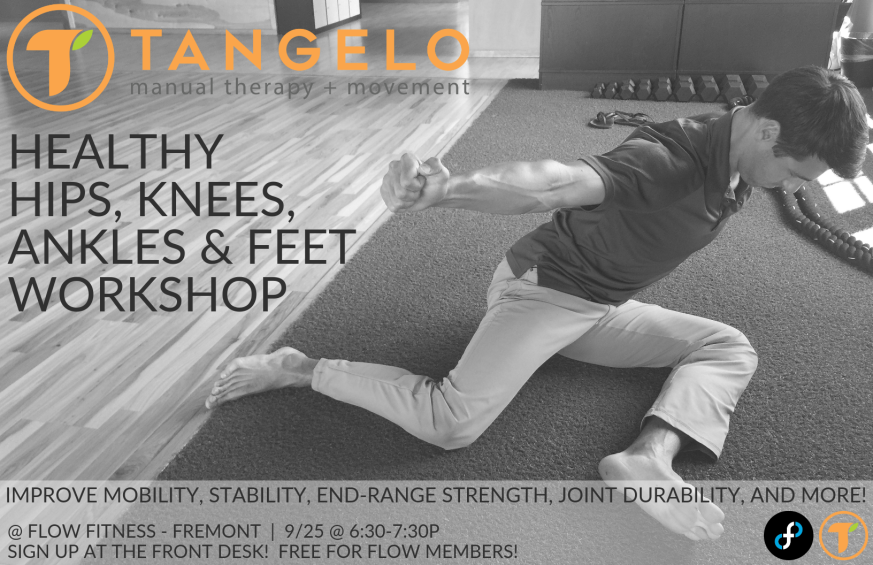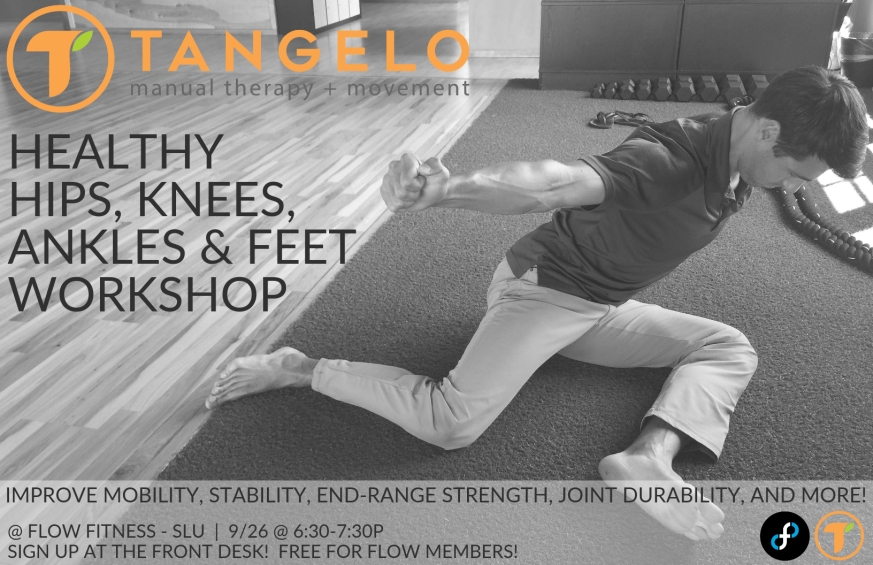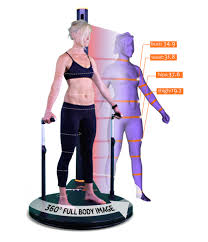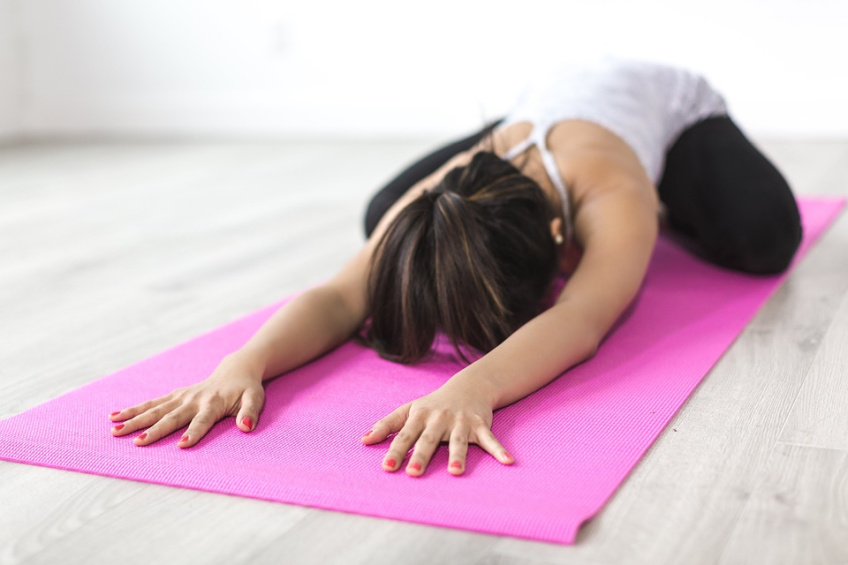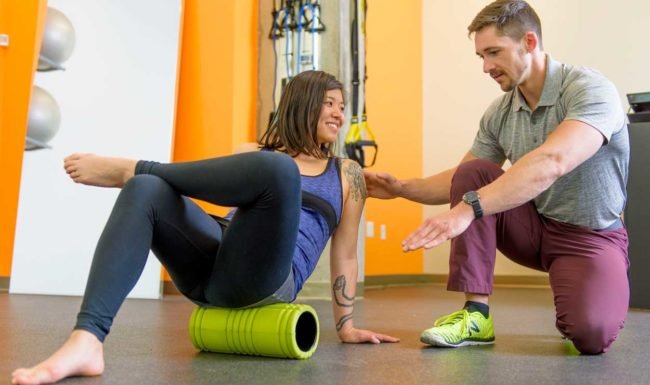Getting hurt sucks! We exercise to lose weight, build muscle, feel better, and improve quality of life. However, it is tough to do any of these while sidelined with an injury. Though it is next to impossible to prevent ALL injuries, there are steps that we can take to reduce the likelihood and, in the process, increase results. One of the most important and often overlooked of these steps is properly warming up prior to activity.
To set the record straight, hopping on the elliptical/treadmill for 10-15 minutes to “get a good sweat” before heading to the more intense part of your training is an unproductive way to warm-up. If this sounds familiar, don’t worry. Flow Fitness has you covered with these 5 tips to help you prepare your body efficiently and effectively!
- Don’t Static Stretch – Prior to most physical activities you want your nervous system to be “excited” which in turn will lead to better recruitment and activation of muscles. To achieve this, any ‘stretches’ that you do must be dynamic in nature. For example, instead of sitting and holding a straight leg hamstring stretch for 1-2 minutes, do walking (or skipping) leg swings, which not only improve hamstring and hip flexor range of motion, but also gets the body ready for the more intense parts of your workout while increasing core temperature and heart rate.
- Be Multi-directional – Most activities require movements in different planes. This is one of the major reasons that hopping on a bike or treadmill is an inefficient way to warm-up as you are only working in one direction. Instead try to incorporate dynamic side to side (shuffles), diagonal (medicine ball chops), front to back (lunges), and rotational (hip twist) movements.
- Activate ‘Sleepy’ Muscles – Warm-ups are much more than just getting sweaty. It is also necessary to prime the muscles that will be active during most of your workout. For example, if you plan to do squats and lunges which relies heavily on the glute muscles (which have been inactive during 8 + hours of desk work), then it would be wise to include exercise such as clam shells and glute bridges to ensure your body performs optimally. So always think about what exercises you are doing and what muscles you need to be “awake” to ensure success.
- Groove the movement – Along the same lines of muscle activation, it is also important to take the body through a “less intense” version of the movements in your workout to fine tune the mechanics. If you are doing a large compound exercise such as the overhead press, always do 1-2 warm up sets with very light weight prior and then another 2 workup sets with a slightly heavier weight, before diving into your more intense working sets. These sets will help reinforce proper form and address any areas that may need additional activation or range of motion.
- Be Mindful of Time – Though important, your warm up should be between 6-15 minutes in duration and not consume your whole workout. However, you can always add mobility and activation drills in between sets of an exercise. For example, band pull aparts following 8 reps of bench pressing can keep shoulders mobile and primed for another set.
Properly warming up prior to working out is the most important thing you can do. The truth is this: If you do not have the time to warm up, then you do not have time to work out. Warm ups can keep your joints healthy, increase range of motion, help prevent injury and improve performance. So, incorporate these 5 warm-up tips into your training plan and see how far you will progress!



